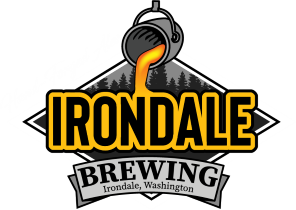Brewing a Great Lakes Christmas Ale Clone
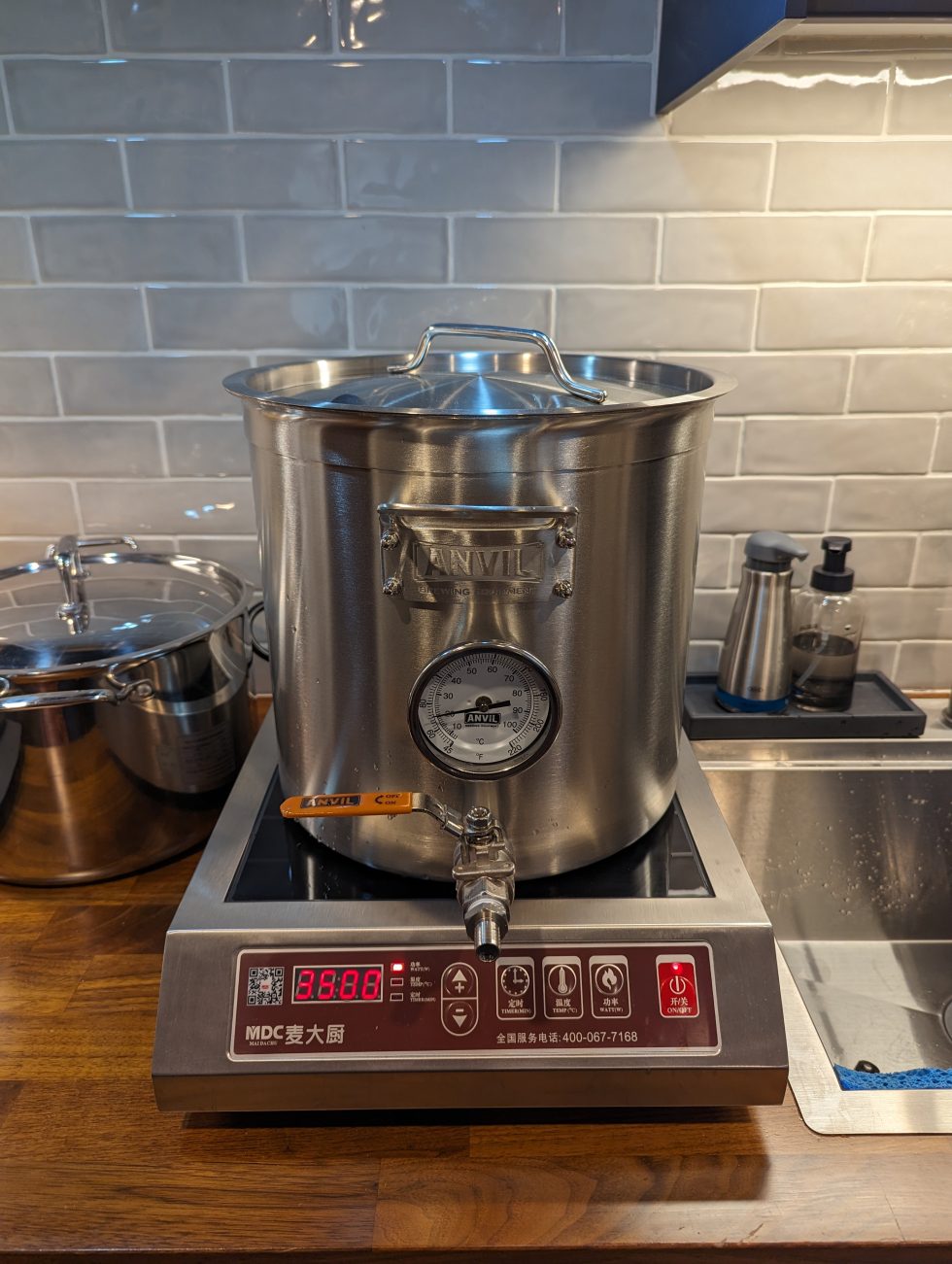
I'm a bit late getting started on this one so it'll actually be more of a New Year's Ale by the time it's ready, but this is a brew day I've been looking forward to for a while.
I finally got a hold of some Great Lakes Christmas Ale this year and I can see why it's such an event when Great Lakes releases it. It's Christmas-y without being a gross spice bomb, it's malty without being too sweet, and has a nice dry honey-tinged finish.
After having one I really wanted to try making it. There are numerous clone recipes out there that are all pretty similar, but the big difference across the recipes I found seemed to be around whether you boil the ginger and cinnamon or add those at flameout.
Thankfully Northern Brewer did a "Pints with Pros" video with Great Lakes head brewer Mark Hunger that decidedly settled the debate, at least with respect to how Great Lakes makes their popular and very tasty beer. This is admittedly a bit unusual for spices in beer but they add the ginger and cinnamon at the beginning of the boil, which is probably why the beer is more fully infused with a bit subtler cinnamon and ginger notes than if you added it at the end. Plus, it smelled absolutely fantastic while I was brewing it.
The Recipe
With all this in mind, I more or less went with Northern Brewer's Superior Christmas Ale recipe, scaled down for a 2.5-gallon batch, and with one Pacific Northwest twist in that I decided to use blackberry honey as opposed to clover honey, which should give it a bit more fruity sweetness compared to clover honey. That's all dependent on how much of the honey gets fermented out and what flavors are left behind, of course.
Here's what I wound up with:
Grains
- 6 lbs Rahr 2-row pale malt
- 8 oz Viking Caramel 100 malt (~40L)
- 8 oz Briess White Wheat malt
- 2.4 oz Briess Special Roast
- 0.8 oz Briess Roasted Barley
Hops
- 0.5 oz Cascade (60 min)
- 0.5 oz Mount Hood (15 min)
Additions
- 0.5 oz cinnamon stick (60 min boil)
- 0.5 oz ginger root, cut into small chunks (60 min boil)
- 8 oz blackberry honey (flameout)
Yeast
I split the batch into two fermenters, with roughly 1.25 gallons going into each:
- Fermenter 1: .5 packet Fermentis SafAle S-04
- Fermenter 2: .5 packet Fermentis SafAle T-58
Water
- 4 gallons RO with 1 tsp calcium chloride (BIAB no sparge)
The Yeast Experiment
As part of this brew I thought it'd be interesting to use S-04 in half the batch, which I always really love in Stouts and Porters so I thought it'd work well in this recipe (this beer feels "English" to me for some reason), but I also really wanted to try T-58 in half the batch to see what that would do in a beer like this.
I've never used T-58 so maybe this wasn't a great first use of it since I don't have anything to compare it to, but the notion that it might add some clove notes to this mix seemed intriguing enough to give it a shot. It may also add some banana phenolics which may throw the whole thing off kilter, or maybe it'll be great. That's the fun of homebrewing!
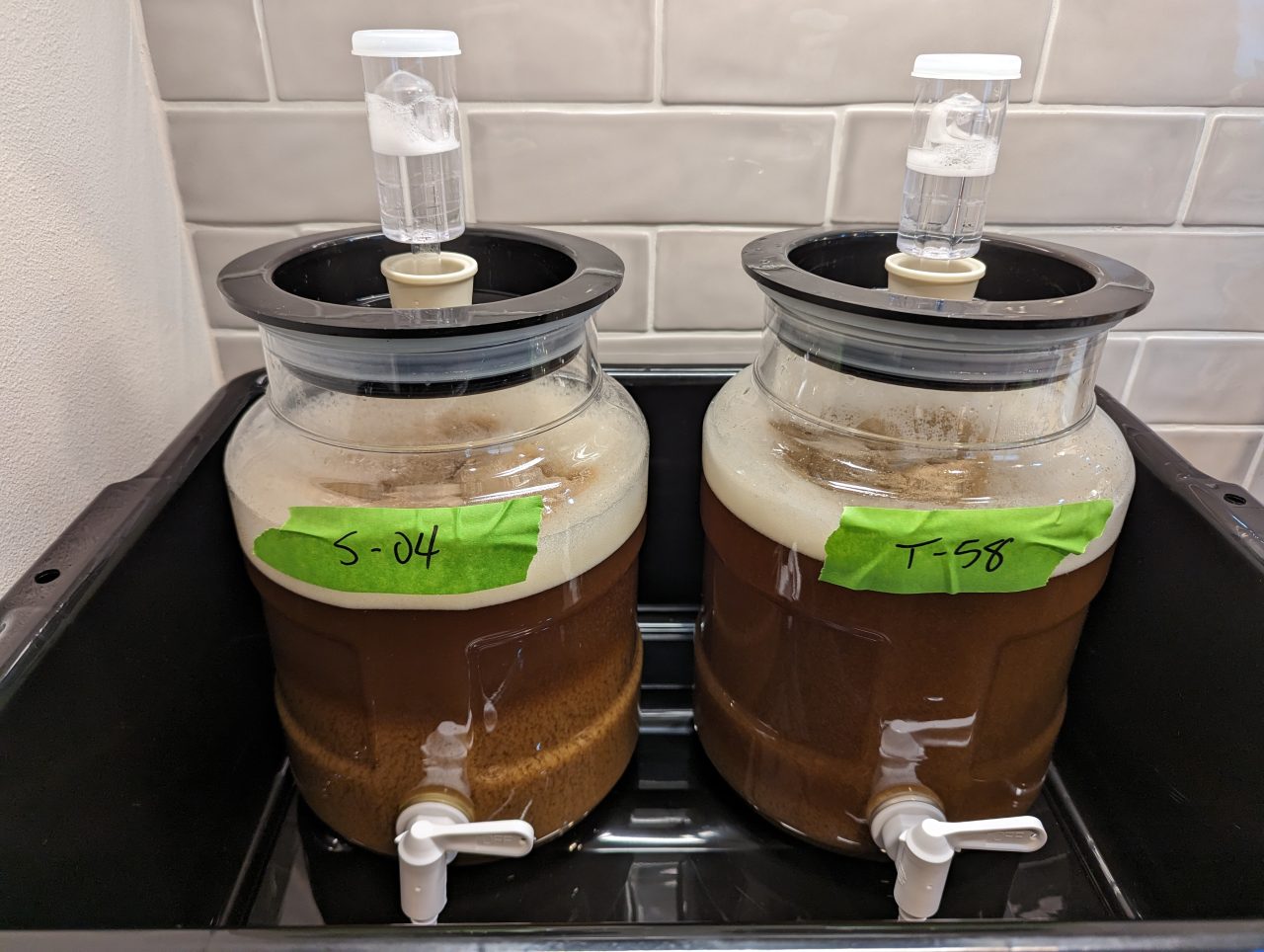 Immediately after pitching
Immediately after pitching
The Brew Day
The brew day itself was pretty typical other than this being the maiden voyage for my Anvil 5.5 gallon brew kettle. For one-gallon batches I typically use my Gigawort but given the volume of this batch, unless I wanted to do a partial boil, at an absolute max of 4.4 gallons the Gigawort wasn't going to cut it.
The Mash
At least for the mash, I was about at the limit of what this Anvil kettle can handle. I didn't ever feel like I was super on the edge with this amount of grain but I don't think I'd want to do anything bigger in this kettle.
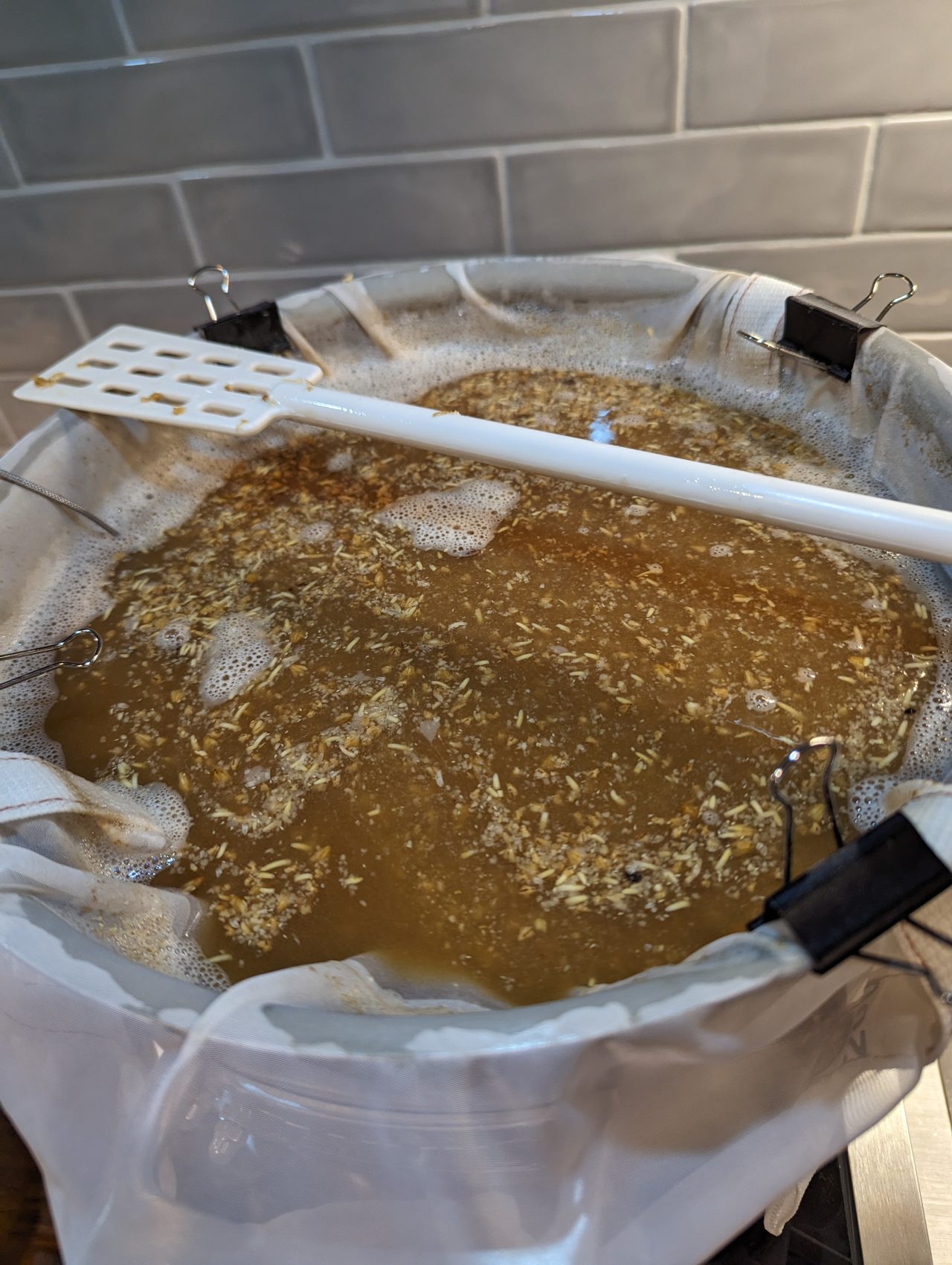
It's a nice kettle. It held temperature really well and I only had to kick on the induction burner very briefly a couple of times during the mash to keep the temperature from dropping too low.
Not to knock the Gigawort too much because in general I like it but I think I got better temperature stability from this kettle than I tend to get from the Gigawort, and it's certainly easier to give it a quick boost from the induction burner than it is to mess with the set temp on the Gigawort every time it dips a bit lower than I'd like.
This was also the first time I used my Thermoworks Dot thermometer which is super handy. It has an alarm feature so it'll beep once it hits the temp you set for the alarm, or you can turn off the alarm altogether (i.e., tell it you don't want to set an alarm temp) by holding down both of the arrow keys.
I didn't use the alarm this time around -- it was basically just a handy way to track the temp that was much more readable than the dial thermometer on the front of the Anvil kettle -- but next time I may try setting the alarm at the low end of the mash temp so it'll just beep at me if I need to kick the burner on for a few seconds.
Related, if I had to change anything about this kettle it'd be to lose the thermometer. The temperature probe is one more thing protruding into the kettle, it's at a bad spot, it's hard to read because it's too low (I had to back up and crouch to see it), and there's too many better ways to track temperature. I will say compared to the Thermoworks Dot the kettle thermometer was dead-on accurate, so it can at least be trusted.
The Boil
The 3500-watt induction burner is a beast, particularly with small batches like this. After the mash was complete it got things to boiling very quickly and once the boil was rolling I turned it down to 2400 watts which was still a darn vigorous boil.

From this first use I'm happy with this kettle and the how it works with my induction burner. I think it'll be great for 2-3 gallon batches which is exactly why I bought it.
Spices and Honey
As I mentioned above, the unusual thing about this recipe is the fact that you add the cinnamon and ginger at the start of the boil instead of adding them at flameout. I would have been skeptical had the Great Lakes head brewer not stated this is how they do it but since he knows more about beer than I ever will and they've been making this beer for years (and it's their biggest-selling beer overall!), I had no reason not to use this approach.
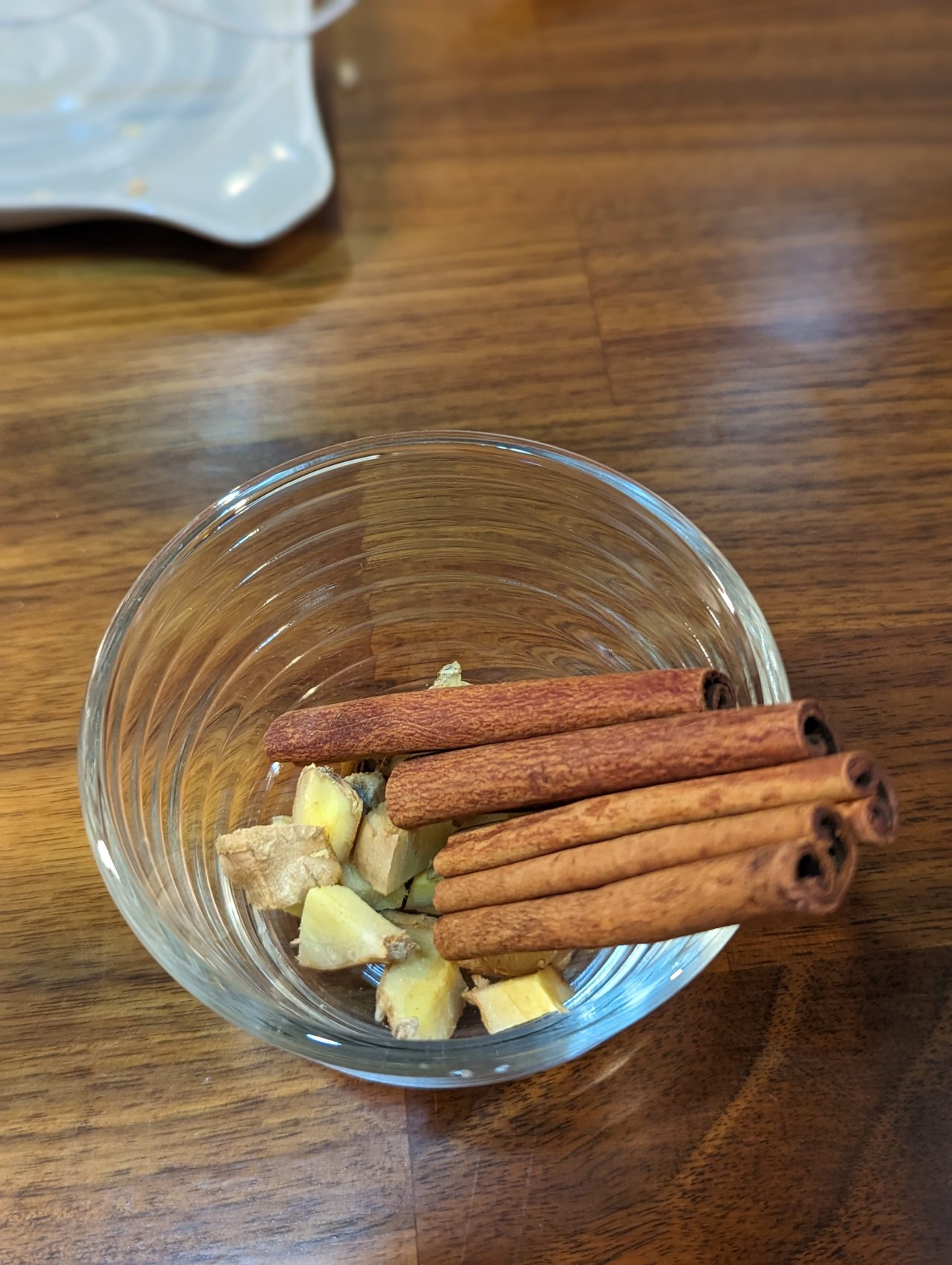
This boil smells FANTASTIC. We happened to have someone doing some yardwork while I was brewing this and when I walked outside for a second he said, "What smells so good?" So you're welcome, Irondale, for the pleasant holiday smells.
The honey gets added at flameout because yeah, boiled honey wouldn't probably be very pleasant even if it didn't get obliterated in the process. I'm hoping the blackberry honey is a decent change to the more typical clover honey used in the recipes I found -- I really wanted to add a bit of PNW vibe so fingers crossed.
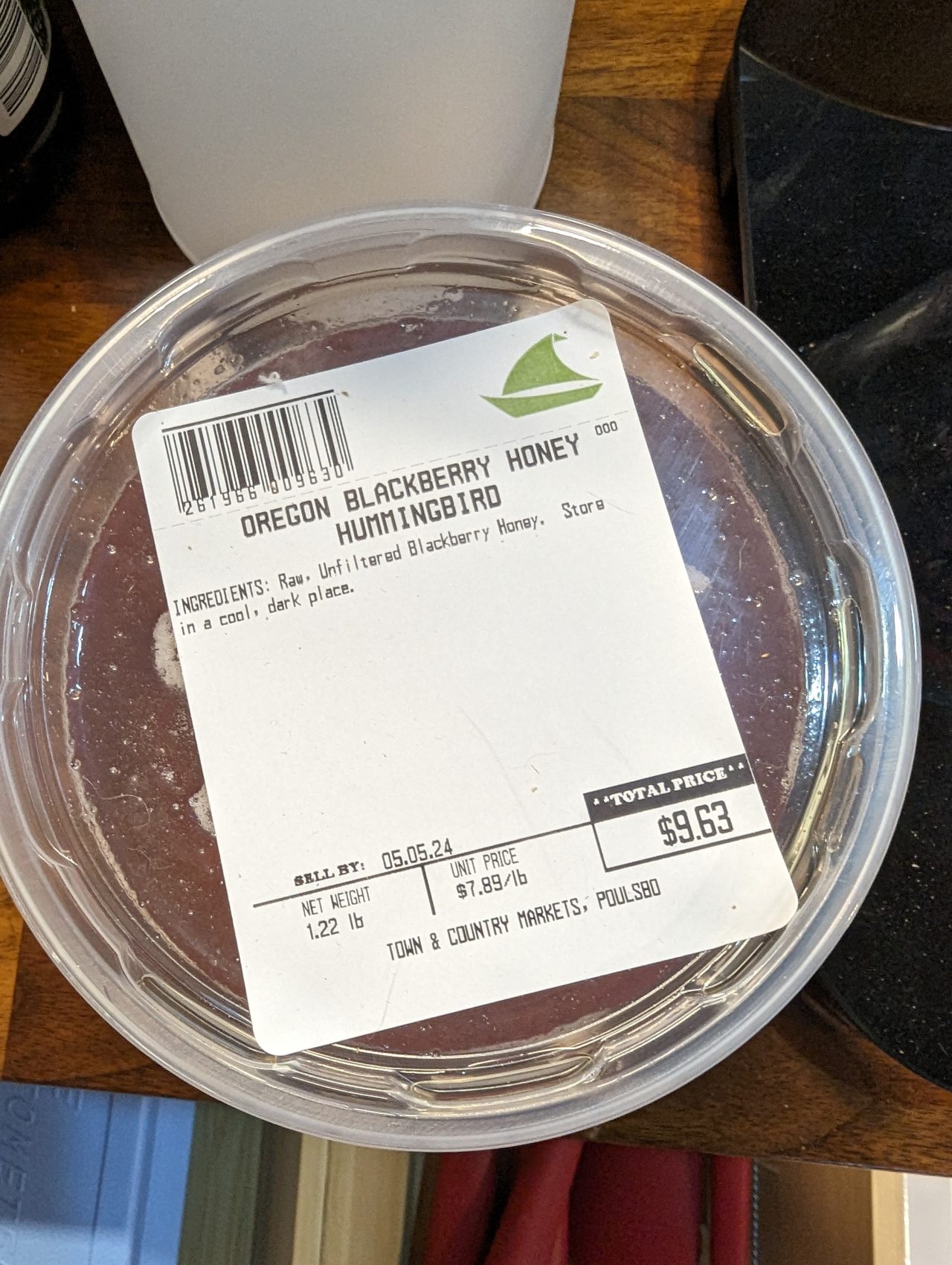
I did notice when I cleaned the kettle there was a thin layer of honey on the bottom, so hopefully there wasn't soo much loss there. I stirred it in as best I could while it was sinking but maybe a bit winding up on the bottom is inevitable.
Wort Chilling and Yeast Pitching
It's pretty cold here in Irondale these days so our ground water is downright frigid, which made for a very quick wort chilling process. Normally while the wort is chilling I sanitize the fermenters and generally get my act together on that side of things, but I barely had time!
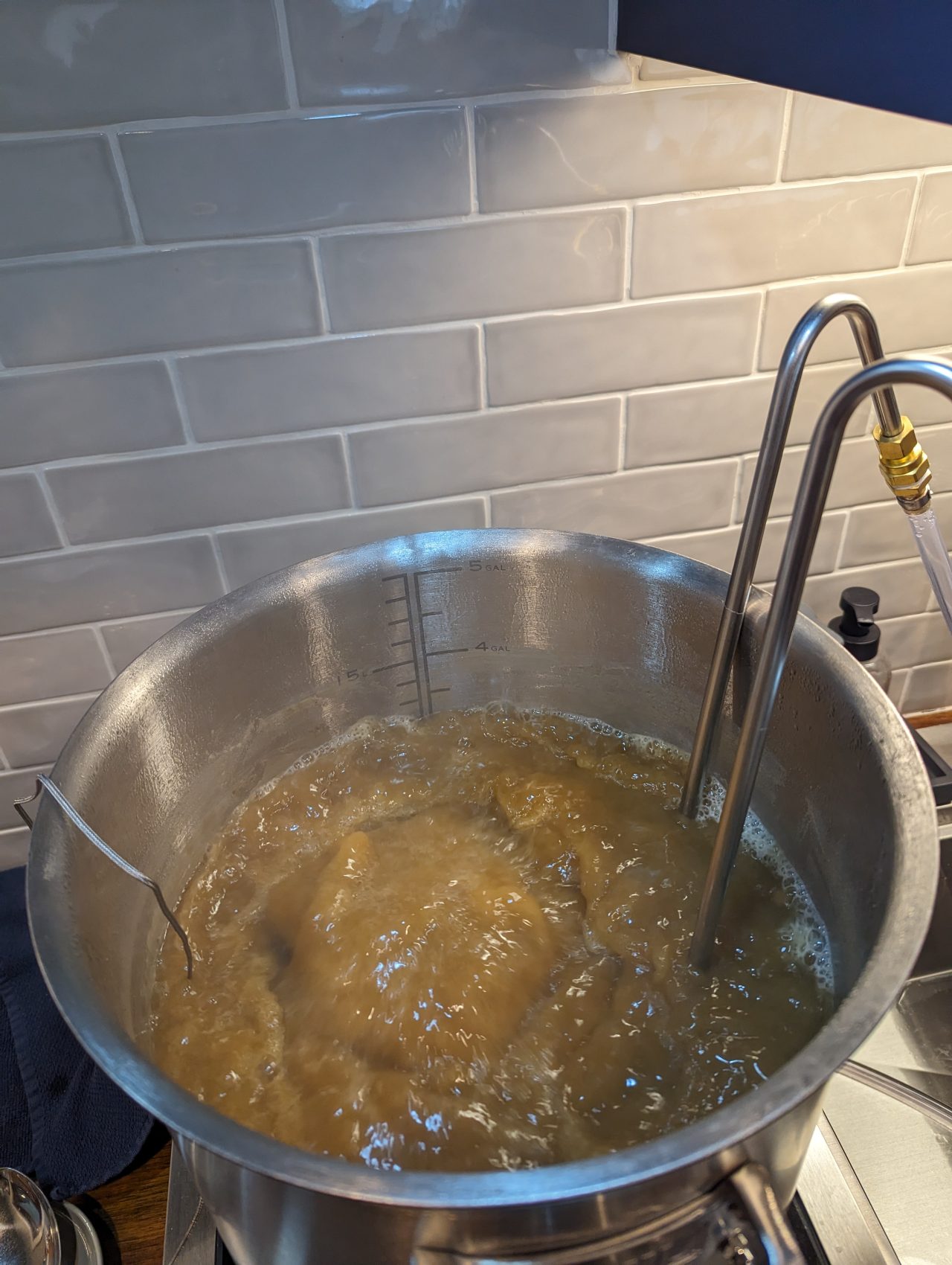 Wort chiller in the boil with 15 minutes remaining
Wort chiller in the boil with 15 minutes remaining
This was another annoyance with the thermometer in the Anvil kettle -- it took some yoga-like maneuvers to get the wort chiller around the temperature probe and down into the pot. I wonder if they make a plug for the thermometer hole so I can just remove it.
After chilling I added the honey, and the awesome smells were enhanced further. I really love blackberry honey so we'll see how it works in beer.
After I got about 1.25 gallons into each Little Big Mouth Bubbler and doing some additional aeration with a whisk, I pitched a half packet of S-04 in one and a half packet of T-58 in the other. I suppose this is overpitching by about double, but this is a bit bigger beer and thus far I haven't seen and ill effects from using this amount in one-gallon batches.
Aaaaaaaaand, of course I didn't take a gravity reading. Because I nearly always forget. It should come in at around 8% according to Brewfather.
Couple more random photos from the brew day:
 The grains awaiting the mash
The grains awaiting the mash
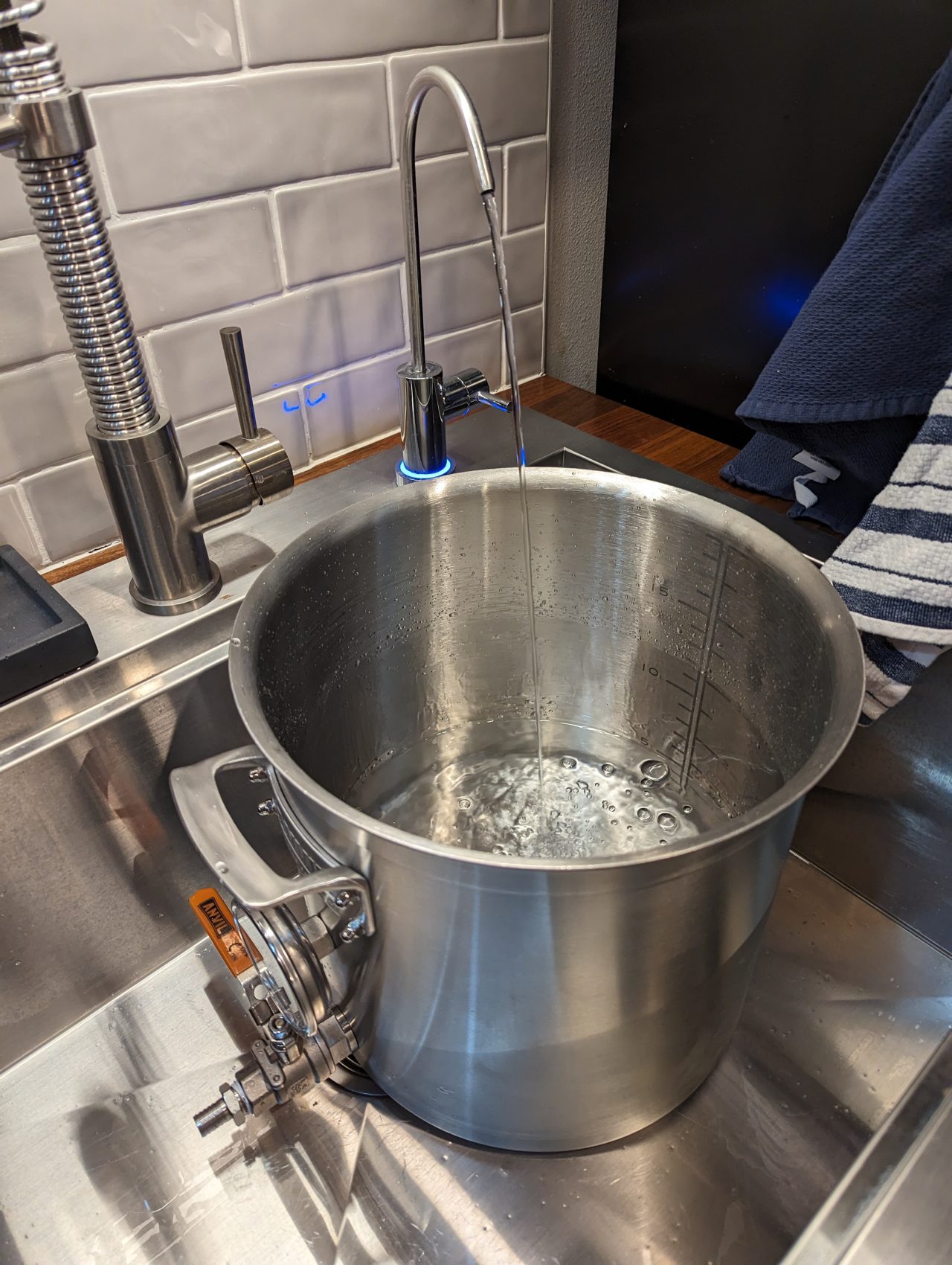 Getting 4 gallons of RO water out of my Waterdrop filter takes a while but it's a good opportunity to get other things prepared
Getting 4 gallons of RO water out of my Waterdrop filter takes a while but it's a good opportunity to get other things prepared
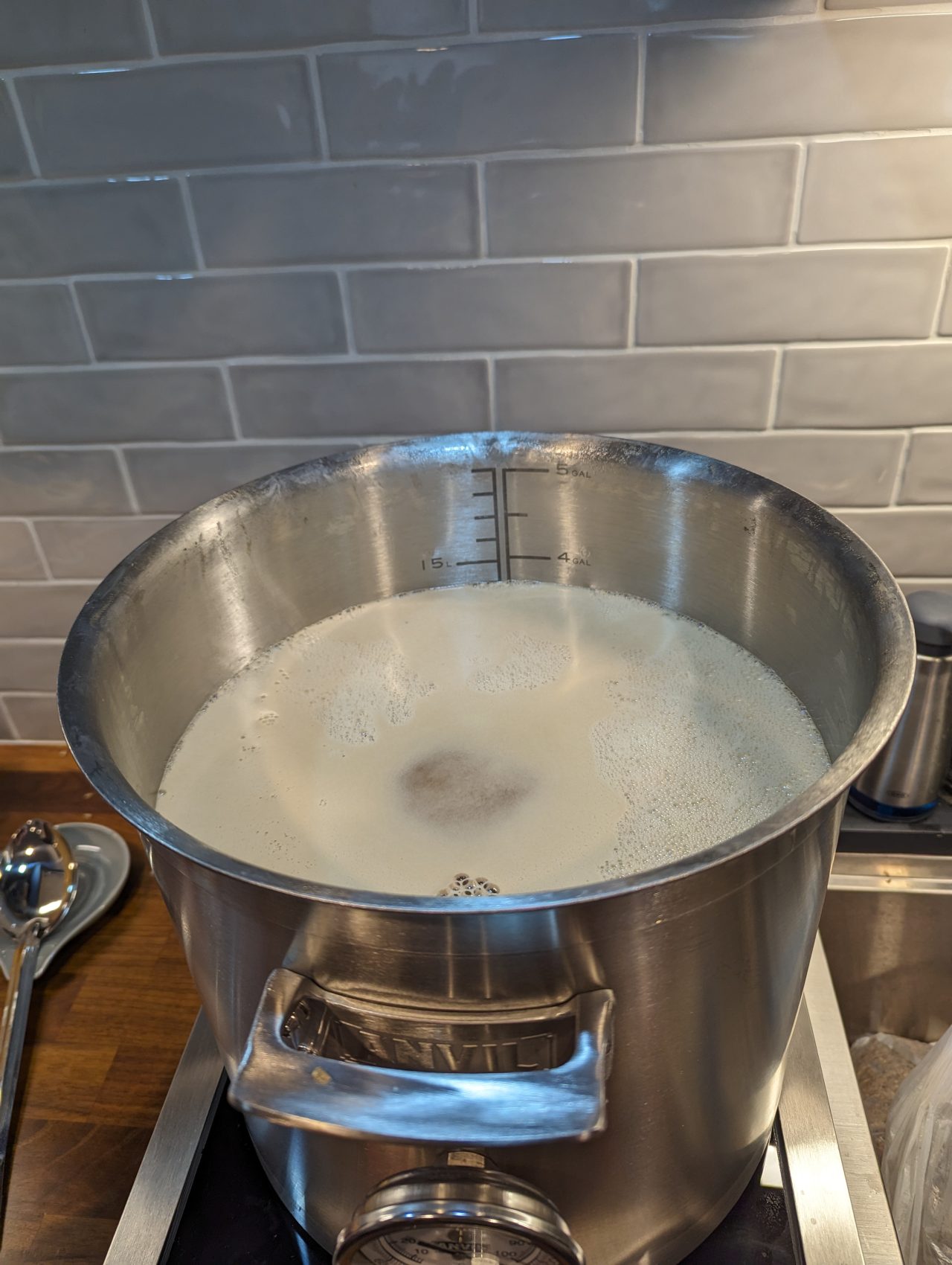 Even at about 3.5 or so gallons for the boil in a 5.5-gallon pot I had a couple of near-boilover moments -- keep a spray bottle handy!
Even at about 3.5 or so gallons for the boil in a 5.5-gallon pot I had a couple of near-boilover moments -- keep a spray bottle handy!
And Away We Go!
About 4-5 hours later the fermentation was kicking off, with the T-58 going completely nuts!
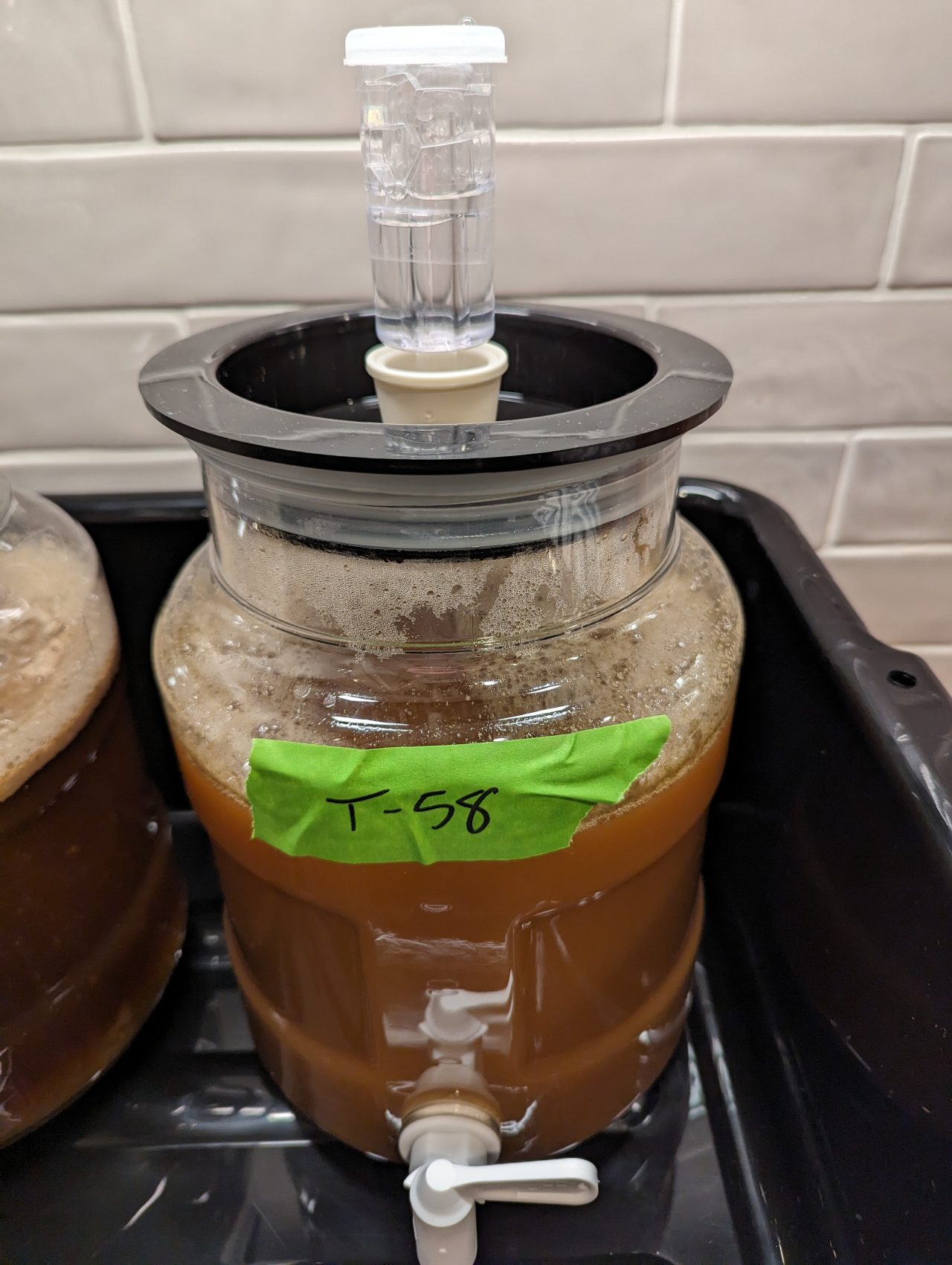 T-58 is apparently a beast
T-58 is apparently a beast
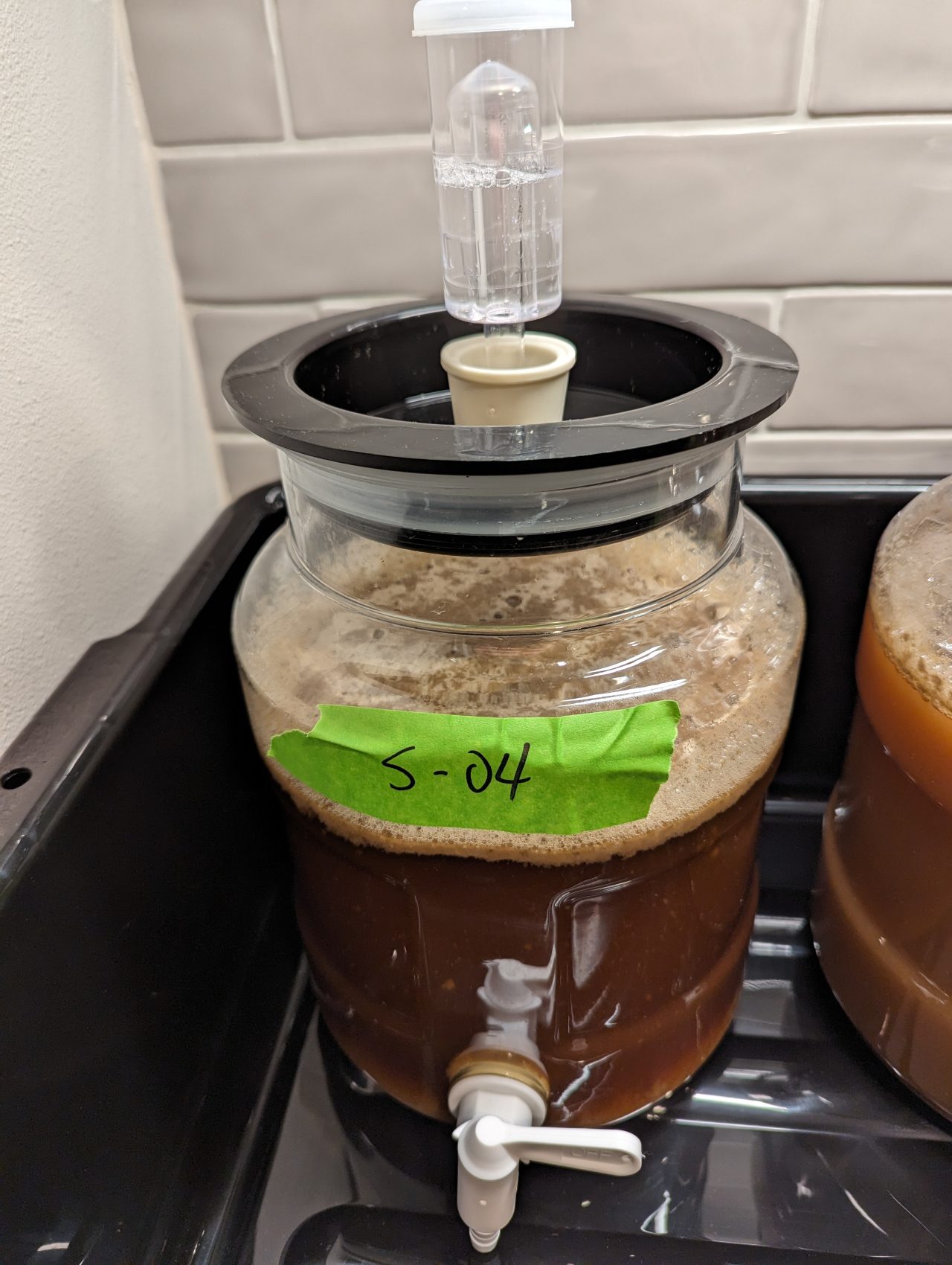 S-04 is off to a slower start
S-04 is off to a slower start
Only about 4 hours in -- not sure I've ever had anything take off this quickly!
I can't wait to see how this all comes together in a few weeks. Cheers!
